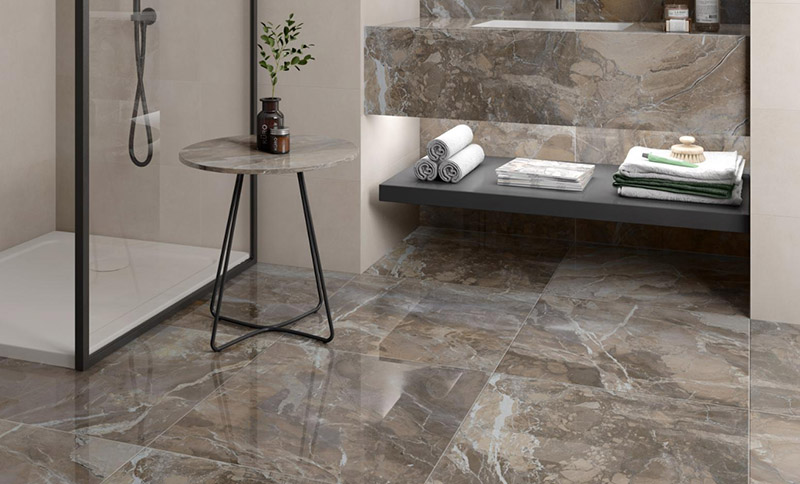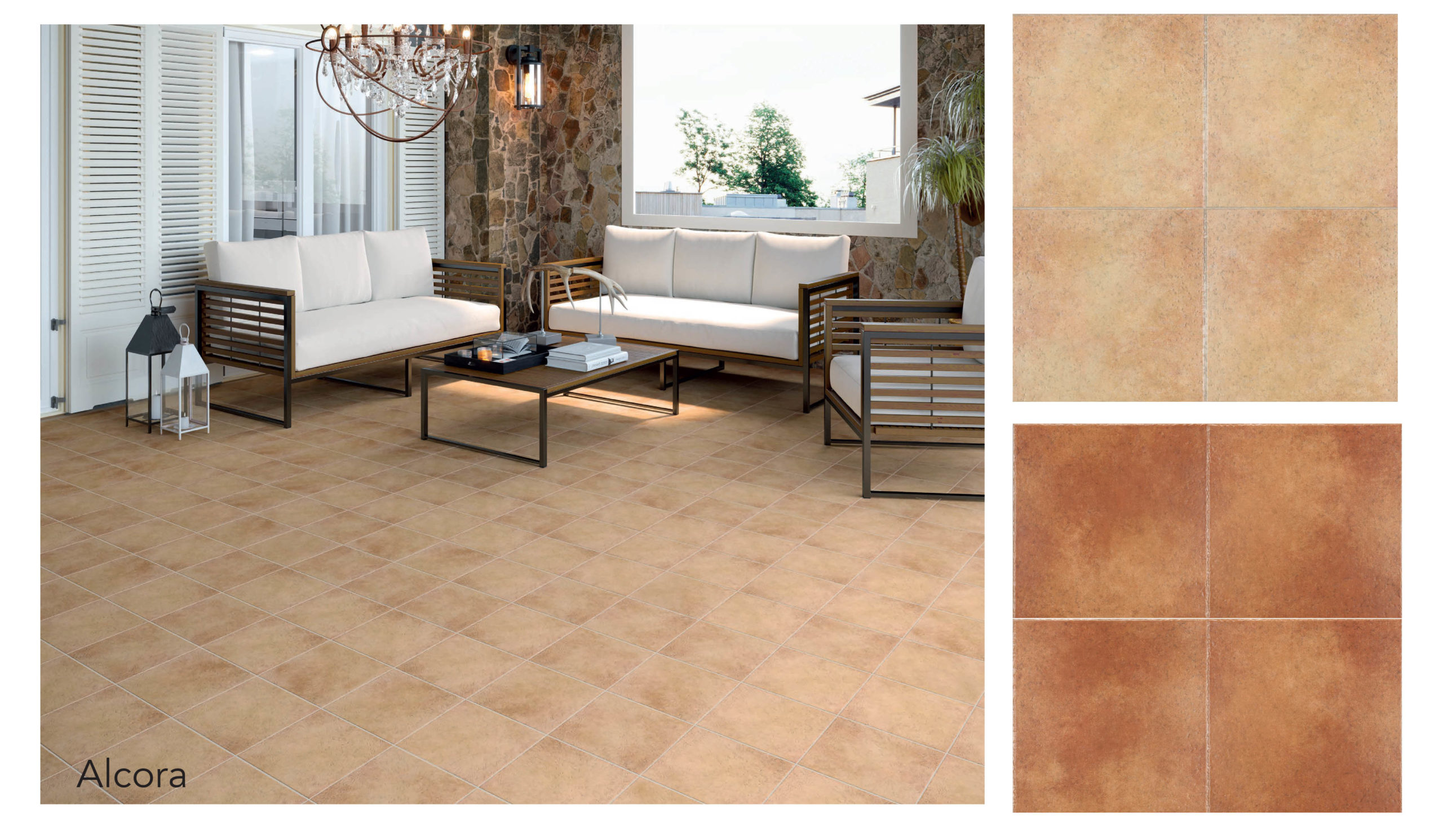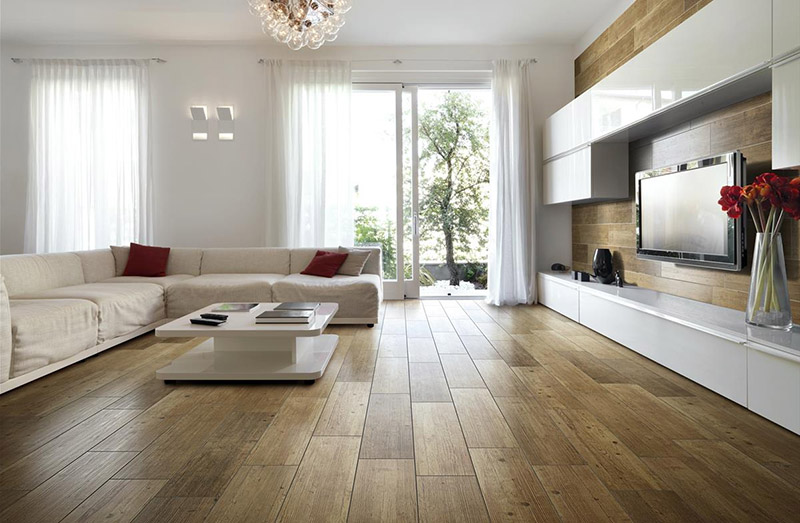West African decor tiles are more than just decorative items; they are a reflection of rich cultural heritage, traditional craftsmanship, and vibrant community life. This article will delve into the history, styles, and practical applications of these stunning tiles, sharing personal experiences and insights along the way.
The Rich History of West African Tiles
West African tiles have deep historical roots, often tracing back centuries to various regions across the continent. With influences from indigenous cultures, colonial histories, and Islamic artistry, the designs have evolved but retained their unique character.
Traditional Craftsmanship
Many artisans still use age-old techniques to produce tiles. Hand-painted tiles featuring intricate patterns and symbols are a hallmark of West African artistry. Each tile tells a story, showcasing the artisan’s skill and cultural significance.

Materials and Techniques
West African decor tiles are typically made from clay, cement, or ceramics. The production process can involve:
- Molding: Hand-forming the clay into shapes.
- Firing: Baking the tiles to harden them.
- Glazing: Applying colorful glazes for a beautiful finish.

Popular Styles of West African Decor Tiles
When it comes to styles, West African tiles are incredibly diverse. Here are some of the most popular types:

1. Moroccan Zellige Tiles
These tiles are known for their vibrant colors and geometric patterns. Originating from Morocco, Zellige tiles feature hand-cut pieces of glazed terracotta, often arranged in intricate patterns.

2. Nigerian Terra Cotta Tiles
Nigerian terra cotta tiles are renowned for their earthy tones and rich textures. They often feature tribal motifs and are used extensively in traditional and contemporary designs.

3. Ghanaian Kente Cloth Tiles
Kente cloth-inspired tiles capture the essence of Ghanaian culture. These tiles often feature bright colors and geometric patterns reminiscent of traditional Kente cloth.

4. Ashanti Patterns
Illustrating the rich heritage of the Ashanti people, these tiles incorporate symbols and motifs that represent various concepts, such as wisdom, strength, and peace.

Incorporating West African Decor Tiles into Your Home
Are you wondering how to bring the beauty of West African tiles into your living space? Here are some tips and ideas:
1. Backsplashes in Kitchens
Using West African tiles as a backsplash can add a splash of color and personality to your kitchen. Consider Moroccan Zellige tiles for a stunning effect.
2. Statement Walls
Create a statement wall in your living room or hallway with a large display of varied West African tiles. This can serve as a focal point in your home.
3. Flooring Options
For a unique flooring option, consider using Nigerian terra cotta tiles. Their durability and charm will add warmth to any room.
4. Decorative Pieces
Even if you can’t commit to a full tile installation, consider using West African tiles as decorative pieces on tables or shelves.
Choosing the Right Tiles for Your Space
Factors to Consider
- Color Scheme: Choose tiles that complement your existing decor.
- Texture: The texture of the tiles can affect the overall feel of a room.
- Size: Consider the size of the tiles and how they will fit into your design.
Comparison Table of West African Tiles
| Tile Type | Material | Color Range | Best Use |
|---|---|---|---|
| Moroccan Zellige | Glazed Terracotta | Vibrant, Multicolored | Backsplashes, Accent Walls |
| Nigerian Terra Cotta | Clay | Earthy Tones | Flooring, Outdoor Spaces |
| Ghanaian Kente | Ceramic | Bright, Geometric Patterns | Decorative Pieces |
| Ashanti Patterns | Ceramic | Varied | Accent Walls, Art Installations |
Pros and Cons of West African Decor Tiles
Pros
- Authentic cultural representation
- Unique, one-of-a-kind designs
- Durable and long-lasting
- Easy maintenance in most cases
Cons
- Can be more expensive than mass-produced tiles
- Availability may be limited depending on location
- Some styles may require special installation considerations
Personal Experience with West African Decor Tiles
When I first discovered West African decor tiles at a local artisan market, I was captivated by their beauty and craftsmanship. I decided to incorporate them into my home by creating a feature wall in my dining area. Each tile was carefully selected, and I spent hours arranging them to create a harmonious blend of patterns and colors.
The final result was nothing short of stunning. Every time I dine with friends and family, the tiles spark conversations about their origins and the stories behind their designs. It truly transformed my space and made it feel warm and inviting.
The Future of West African Decor Tiles
As the world increasingly embraces global artistry, West African decor tiles are finding their place in modern interior design. With a growing interest in sustainability and artisanal craftsmanship, these tiles will likely remain a popular choice for those looking to add a touch of culture and warmth to their homes.
Trends to Watch
- Integration with modern design aesthetics
- Increased accessibility through online platforms
- Collaborations between designers and artisans
FAQs About West African Decor Tiles
1. What are West African decor tiles made of?
West African decor tiles are generally made from clay, cement, or ceramics, with specific styles using glazed terracotta.
2. How do I clean and maintain these tiles?
Most West African tiles can be cleaned with a mild detergent and water. Avoid harsh chemicals that could damage the glaze or finish.
3. Can I use West African tiles outdoors?
Yes, certain types of West African tiles, especially those made of durable materials like terra cotta, are suitable for outdoor use.
4. Where can I buy West African decor tiles?
You can purchase these tiles from local artisan markets, specialty tile shops, or online retailers that focus on handcrafted items.
Conclusion
West African decor tiles offer a unique blend of artistry, culture, and craftsmanship that can enhance any living space. Whether used as a main feature or as part of a more extensive decor scheme, these tiles bring warmth and personality to your home. With their rich history and diverse styles, there’s a perfect tile for everyone looking to infuse their space with character.